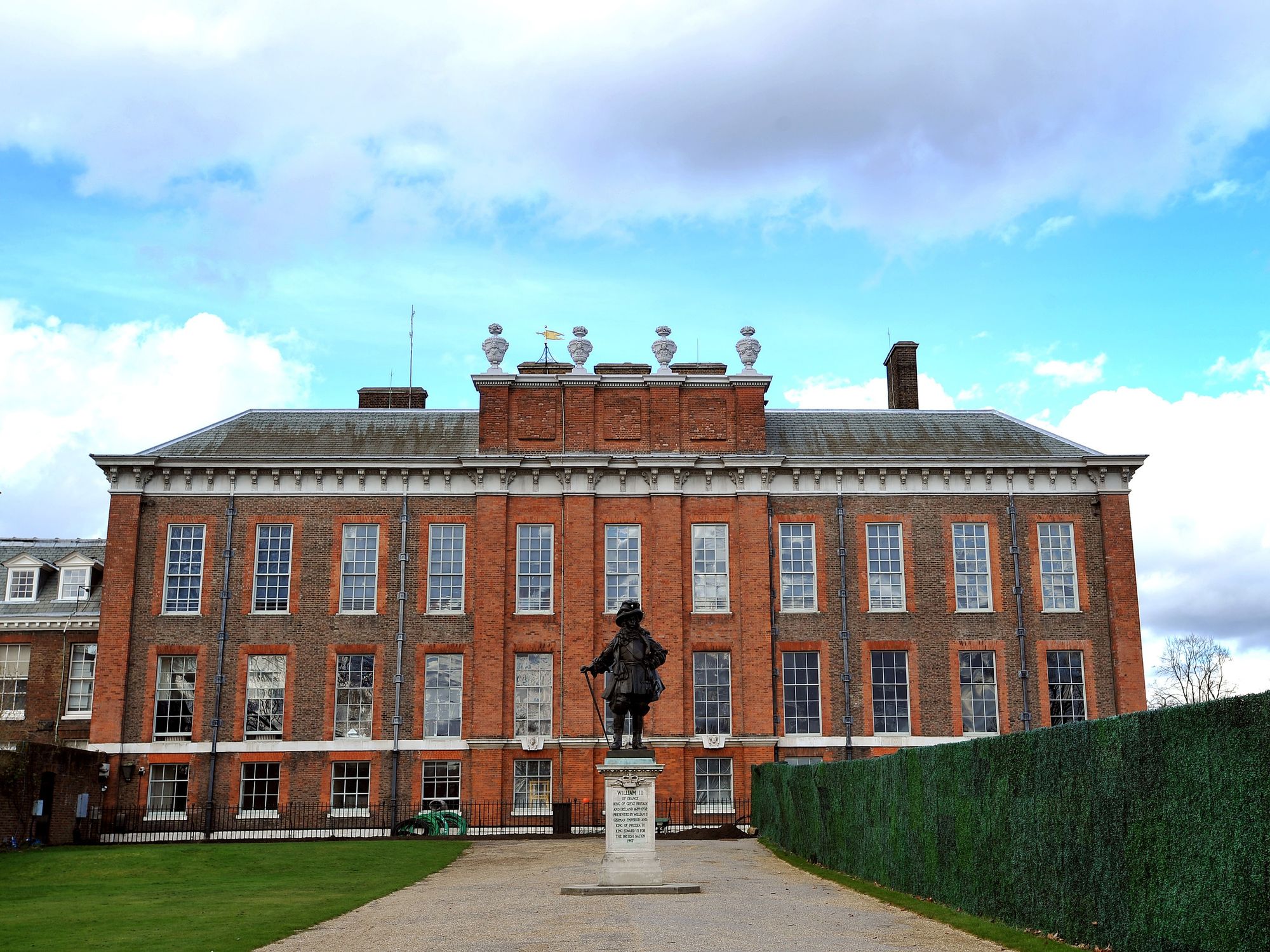Archaeology breakthrough as 3,900-year-old hidden Egyptian burial chamber uncovered
The hidden ancient Egyptian burial chamber is believed to be one of the largest non-royal tombs from the civilisation
Don't Miss
Most Read
Archaeologists have uncovered a 3,900-year-old hidden Egyptian burial chamber of a noblewoman from the ancient civilisation.
The burial chamber, uncovered by Egyptian and German archaeologists, is one of the largest non-royal burial tombs in Egypt and nearly four thousand years old.
According to Mohamed Ismail, Secretary-General of the Supreme Council of Antiquities, the discovery sheds new light on the socio-political structure of the Middle Kingdom, which was the Egyptian period between 2030 and 1650 BC.
The tomb contained the remains of Edi, the only daughter of a governor called Djefaihapi in the Asyut region.

Egyptian hieroglyphics and detailing covered the interiors and exteriors of the coffins
|Egyptian Ministry of Tourism and Antiquities
Her father oversaw the Asyut region, famous for its trade routes and distance from Nubia, which has soil rich in gold and minerals.
The size of the burial chamber is indicative of the governor's prominence in the region.
According to the Ministry of Tourism and Antiquities, the discovery was found during archaeological cleaning work of her father's tomb, which was led by two universities.
Ismail said: "Preliminary studies suggest that Edi died before reaching the age of 40 and suffered from a congenital foot defect."
LATEST DEVELOPMENTS:
Her tomb is one of the most ornately decorated and well-preserved coffins from the time period, placed inside her father's similarly crafted tomb.
Funerary texts have been inscribed onto both coffins, illustrating the ancient Egyptian journey to the afterlife, which was a vital part of the culture.
Along with the discovery of Edi's remains, the archaeological team recovered other material artefacts, including a lid from one of the coffins, wooden statues and jars where the body's internal organs were held.
However, the tomb was ransacked by robbers who stole Edi's remains and the jars of her internal organs were broken during antiquity, according to the Ministry.

The noblewoman's tomb was discovered 50 feet below her father's, where archaeologists discovered two coffins placed inside one another
|Egyptian Ministry of Tourism and Antiquities
Ancient Egyptians were known for their extensively detailed funerary practices, meticulously crafted to ensure the immortality of the soul after death.
These practices included mummifying the body, funeral rites and burial of significant possessions alongside the deceased.
The specific details changed over time, but the tenets remained the same.
Further excavations within the tomb will allow more information to be discovered about the governor and his life, as well as his daughter's lifestyle, health and burial.










